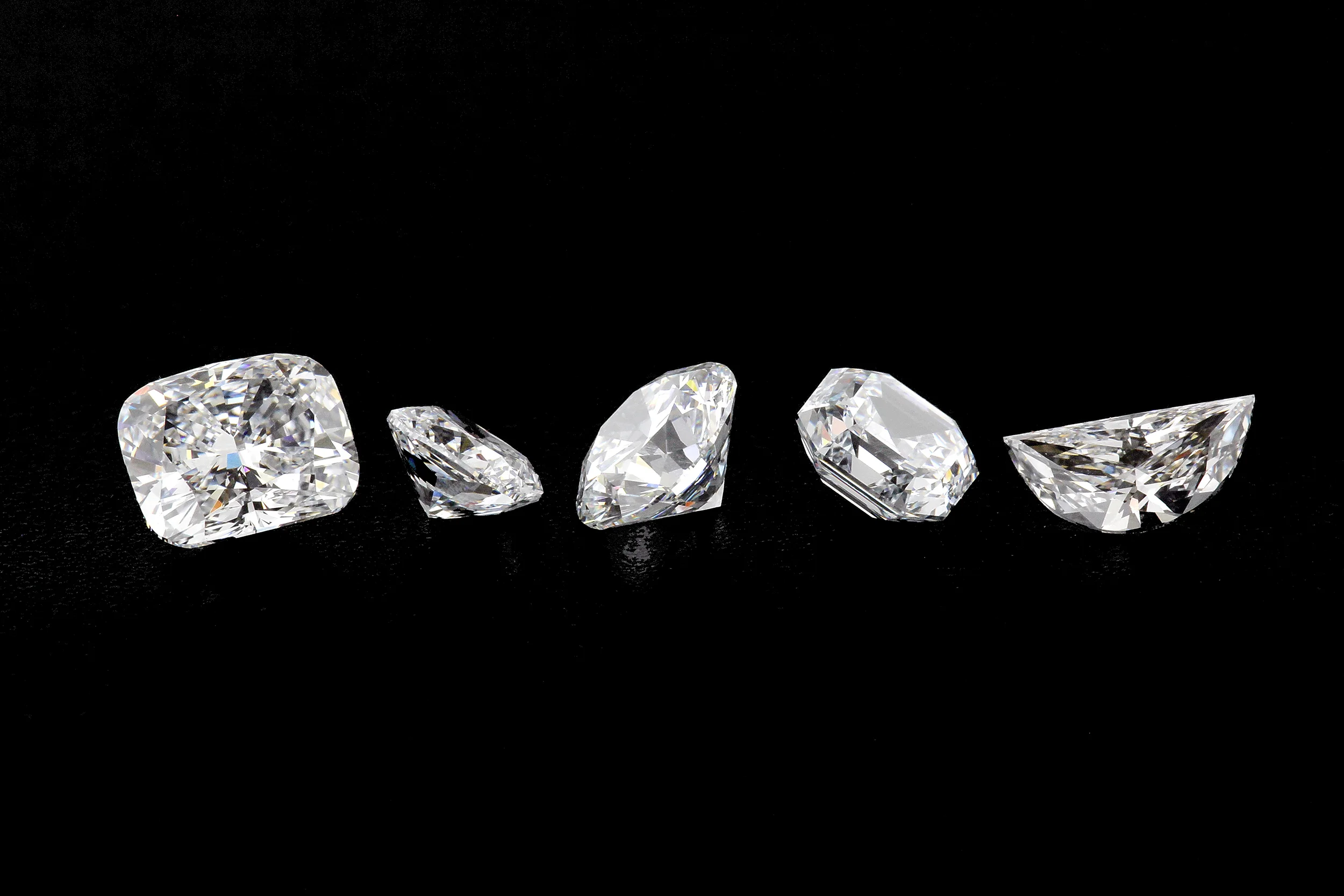From Earth to Market: How Rare Are Diamonds and What Makes Them So Special?
Table of Contents
Introduction
At any point asked why diamonds are so exceptionally valued? It’s not just about their sparkle. The rarity of diamonds is a mix of natural formation, market forces, and human craftsmanship. Be that as it may, exactly how rare are diamonds? We should dive into this sparkling enigma and uncover what makes these diamonds genuinely special.
Understanding Diamond Rarity
Diamonds aren’t just about their dazzling appearance; their rarity is a vital factor in their allure. To completely grasp how rare diamonds are, we want to explore what makes them so one of a kind.
The Four Cs of Diamonds
With regards to diamonds, wie selten sind diamanten, the Four Cs — Carat Weight, Cut, Color, and Clarity — are the standards by which we judge their value and rarity.
Carat Weight
Carat weight is a major player in a diamond’s rarity. Basically, the larger the diamond, the rarer it is. While diamonds can be found in various sizes, exceptionally large ones are rare and therefore command more exorbitant costs.
Cut
The cut of a diamond affects not exclusively its appearance yet additionally its rarity. A very much cut diamond maximizes brilliance and sparkle. In any case, cutting a diamond flawlessly requires expertise and accuracy, making very much cut diamonds more uncommon.
Color
Diamonds come in various colors, from frosty clear to profound yellow. The rarer the color, the more valuable the diamond. For example, diamonds with intense blue or pink tints are a lot rarer than the traditional white diamonds.
Clarity
Clarity alludes to the absence of internal or external flaws. Diamonds with higher clarity grades, meaning less flaws, are rarer. These flawless pearls are rare treasures in the diamond world.
Natural Diamond Formation
To understand diamond rarity, we should initially take a gander at how these pearls are formed.
Geological Circumstances
Diamonds form under outrageous tension and temperature conditions in the Earth’s mantle. The particular circumstances required for diamond formation are rare, making naturally occurring diamonds very extraordinary.
Time and Strain
Creating a diamond is a sluggish interaction. It takes billions of years for diamonds to naturally form. This broad time period and the particular circumstances required make diamonds a rare geological peculiarity.
The Rarity of Diamonds in Nature
All in all, where do diamonds fit in the grand plan of things on Earth? How about we break it down.
Abundance in the Earth’s Outside layer
Diamonds are actually very rare compared to different minerals. They exist in a couple of explicit places around the world, making natural diamond stores scarce. Most diamonds are found in kimberlite pipes, which are themselves relatively rare geological formations.
Diamond Mining and Extraction
Mining diamonds is no easy task. The interaction involves significant effort and investment. Because diamond mining requires substantial assets and innovation, a couple of mining operations can extract these pearls effectively.
Engineered versus Natural Diamonds
As of late, fertig zum kaufen diamantringe have become more prevalent. These lab-created jewels emulate natural diamonds in appearance yet are they as rare?
How Engineered Diamonds Are Made
Manufactured diamonds are created using high-pressure, high-temperature (HPHT) techniques or chemical vapor affidavit (CVD). These cycles can deliver diamonds relatively rapidly and at a lower cost than natural ones. However, they are not necessarily rare in the same way natural diamonds are.
Rarity of Engineered Diamonds
While engineered diamonds are becoming more typical, they actually address a small fraction of the market compared to natural diamonds. Their rarity is not quite the same as natural diamonds, however they are increasingly found in adornments stores.
Market Factors Influencing Diamond Rarity
The rarity of diamonds is also influenced by market dynamics.
Market interest Dynamics
The inventory of natural diamonds is restricted by the availability of mining operations and geological stores. On the demand side, the allure and renown associated with diamonds drive their desirability, keeping them rare and valuable.
Diamond Trading and Pricing
The diamond market is firmly constrained by a couple of major players, which can influence the rarity and pricing of diamonds. By regulating supply, these players can maintain excessive costs and a feeling of rarity.
Conclusion
Diamonds are rare for a variety of reasons. From their natural formation under unambiguous circumstances to the intricate cycles involved in their mining and cutting, each factor adds to their rarity. Whether natural or manufactured, diamonds continue to captivate us with their brilliance and value.




